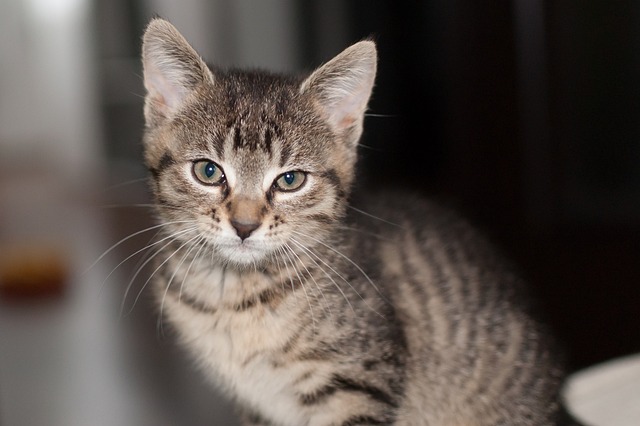Food Allergies in Cats: Overview
A food allergy in cats is an adverse immune response that occurs when a cat’s immune system reacts excessively to a specific food substance that it has been exposed to before. These allergies are relatively rare in cats, estimated to affect around 1% of all cats and up to 15% of cats with persistent itching. Food allergies can manifest with various symptoms, primarily affecting the skin and, less commonly, the gastrointestinal tract.
Symptoms of Food Allergies in Cats:
- Constant Itching: The most common symptom is persistent itching, which does not vary seasonally.
- Skin-related Symptoms: This can include licking, scratching, overgrooming, biting, and the presence of skin lesions such as small crusts, redness, papules, self-induced trauma, self-induced hair loss, ulcerations, and plaques.
- Gastrointestinal Symptoms: In some cases, food allergies can affect the gastrointestinal tract, leading to symptoms like diarrhea and vomiting.
Causes of Food Allergies in Cats:
- Food allergies can develop at any age, even if a cat has been consuming the same food for an extended period without issues.
- Most food allergies in cats are related to an abnormal immune reaction to proteins in the food.
- Common allergenic food sources include beef, fish, chicken, wheat, corn, dairy, lamb, egg, barley, and rabbit.
Diagnosis of Food Allergies in Cats:
- Elimination Diet: The gold standard for diagnosis involves feeding the cat a strict hypoallergenic diet for 8 to 12 weeks to observe improvements in symptoms.
- Hypoallergenic Diet: Ideally, a home-cooked diet with a protein source that the cat has never eaten before is used. However, commercial novel protein or hydrolyzed diets are often prescribed.
- Trial-and-Error Process: If symptoms improve on the hypoallergenic diet, the old diet can be reintroduced, and individual ingredients are introduced one at a time to identify specific allergens.
- Tests: While various tests exist (blood, hair, saliva), none have proven accuracy in clinical studies.
Treatment of Food Allergies in Cats:
- Dietary Management: The primary treatment is providing a diet that does not contain any allergy-inducing ingredients. Prescription diets are often recommended for stricter quality control.
- Symptomatic Treatment: Cats may be given low-dose corticosteroids to manage itching during the hypoallergenic food trial.
- Addressing Secondary Infections: If there are secondary bacterial or yeast infections, they must be treated with antibiotics and/or antifungals.
Recovery and Management:
- Timeline: Symptoms may take up to 10 weeks to resolve on an appropriate hypoallergenic diet.
- Strict Dietary Management: Lifelong strict dietary management is essential to prevent the recurrence of symptoms.
- Supplements: Supplements are generally not recommended, as hypoallergenic diets are formulated to be balanced and complete.
It’s crucial to work closely with a veterinarian to diagnose and manage food allergies in cats, as the process involves dietary trials and ongoing dietary management.



